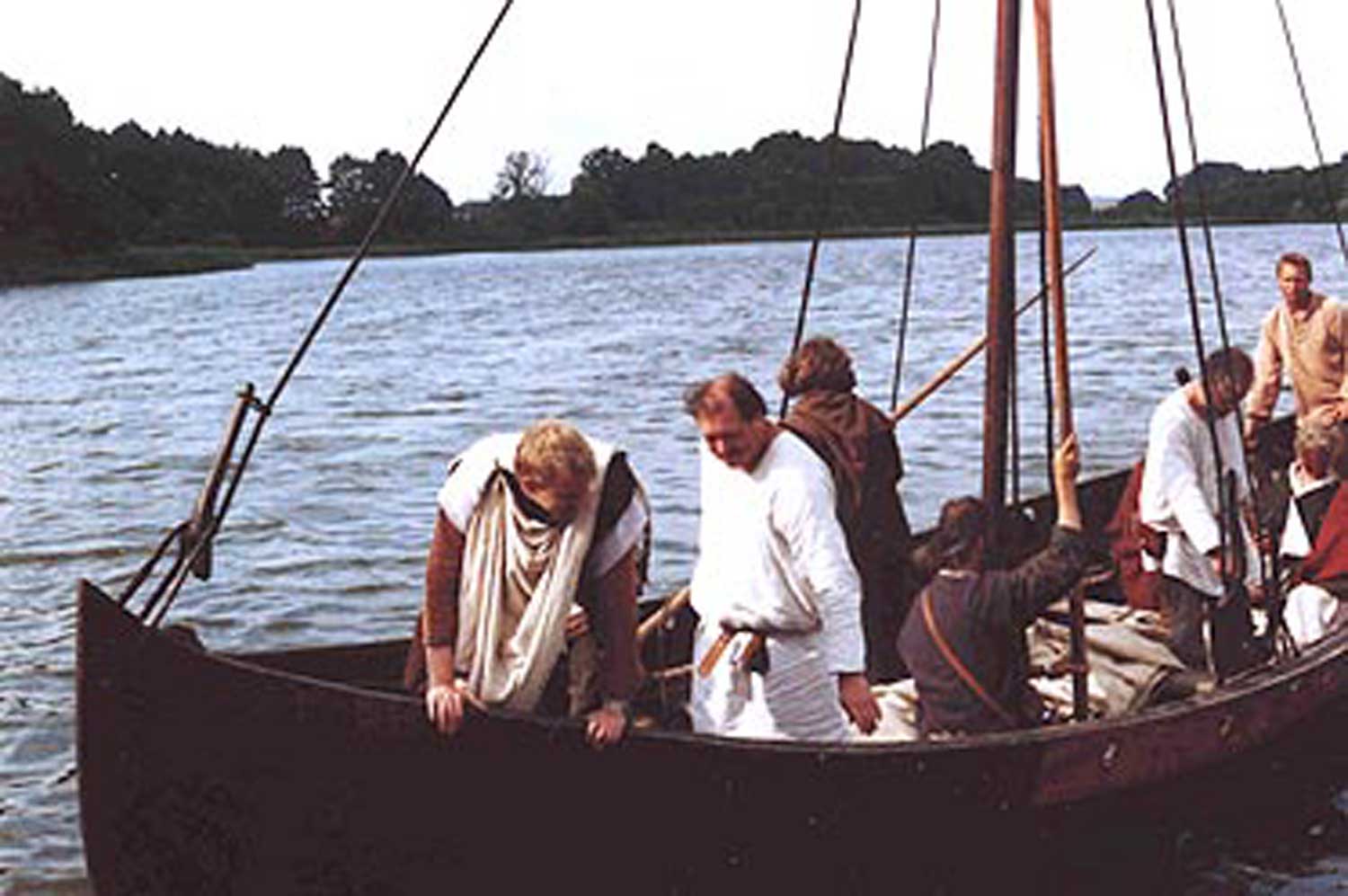The late antiquity section of the HDGM has chosen the migration period (375-568 AD) as the era of impression and has placed its focus on the 5th century AD. However, this does not only cover the history and way of life of the (East) Germanic peoples, but also that of the Roman population and the nomadic equestrian peoples (Huns, Alans) of this interesting era.
The historical framework is formed by the activities of the Visigoths. They crossed the Danube in 376 AD and were accepted into the Roman Empire as federates. However, supply shortages and difficulties with the Roman administration led to an uprising as early as 377 AD, which was joined by various other ethnic groups, including Huns and Alans. In 378 AD the Roman army was crushed near Adrianople. Despite a renewed alliance with the empire in 382, relations with the Romans remained precarious.
Since 395 AD, a large group of Goths came together under the leadership of Alaric, who, after eventful battles against Roman troops, moved to Italy in 401 and conquered Rome there in 410 AD. In 418 they settled in the southwest of what is now France and founded the Visigothic Empire with its center in Tolosa (Toulouse). These Alaric Goths, the later Visigoths, are the subject of the impression.
The starting point for the elaboration and reconstruction of costume, costume accessories, military equipment and camp equipment is the scientific evaluation of archaeological finds and findings in conjunction with the reports of ancient authors and contemporary pictorial representations. The knowledge gained from this forms the basis for the reconstructions, which are all produced in-house. The members’ experiences in the areas of textile, leather and metal processing are particularly important here.
The option is being kept open to extend the period of impression to other areas in the longer term, such as the late Ostrogothic period under Totila or the continental early Middle Ages.
The activities are complex: they include participation in museum events (e.g. in the Groß Raden open-air museum or at the Funkenburg in Greußen, Thuringia) and historical events with a corresponding claim (no markets!) and include the areas of experimental archeology and museum education. In addition, camp life is not neglected, which provides the appropriate framework for exchanging experiences.
The impression group is purely a presentation group, which means that the vast majority of its events take place in and for the public. The venues are usually open-air museums, i.e. museum villages or reconstructed historical facilities. We work closely with the respective organizers (usually museums or municipalities). It is hard to think of a better setting for a migration-era group than a Roman fort or a museum village. After the event ends, we are there among ourselves and can enjoy historical life in historical surroundings and an ideal atmosphere.
